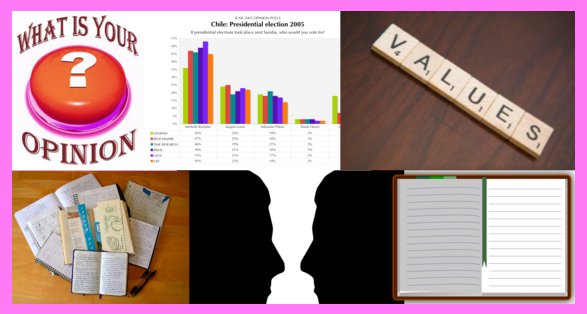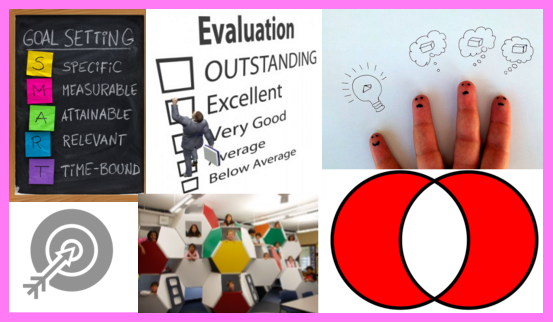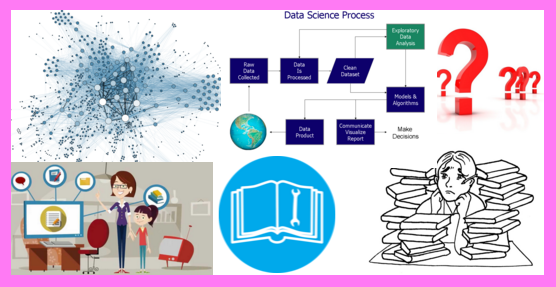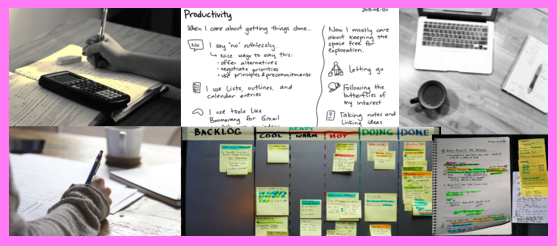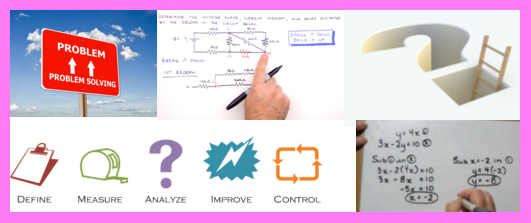
Chapter 9 and Angelo, Thomas A., and K. Patricia Cross. Classroom Assessment Techniques: A Handbook for College Teachers. Print.


- RSQC2
- Description
- Students respond briefly to the prompts: recall, summarize, questions, connect, and comment.
- Purpose
- Teachers can compare detailed info on students’ recall and understanding of previous classes with their own
- Informs teachers of questions and comments that need to be addressed in a timely manner
- Provides students with a framework for recalling, summarizing and processing information.
- Step-by-step procedure
- Recall:
- At the beginning of class, ask students to make a list of words/phrases of important and useful information from the previous class. (1-2 min)
- Ask students to circle top 3 to 5 points and rank them in order from most to least important. (1-2 min)
- Summarize:
- Ask students to write a summary sentences that covers as many of the important topics as possible (1-2 min)
- Question:
- Asks students to write 1-2 unanswered questions from last class (1-2 min)
- Connect
- Ask students to write a sentence or two to connect some of the important topics from last class to overarching course goals (1-2 min)
- Comment
- Write an evaluative statement about the class. Can offer sentence stems such as:
- One thing I enjoyed in the last class was _________
- What I found most/least useful was __________
- During most of the class, I felt _____________
- Write an evaluative statement about the class. Can offer sentence stems such as:
- Collect the RSQC2 feedback and let students know what kind of feedback they will receive and when they get it.
- Recall:
- Analysis Steps
- Analyze one type of response – don’t do all 5 letter responses.
- Compare their responses to your responses to the same prompts.
- Note additions, commissions and errors.
- Assess degree of fit – how close their key points match yours
- Look for patterns in students’ responses
- Share key positive things you noticed while analyzing their assessments.
- Share tips for overcoming some of the difficulties noticed while analyzing their assessments.
- Extension activities
- Encourage students to share their results with each other.
- Gather responses to create a class Recall list.
- When students are familiar with the strategy, let them facilitate it.
- Can assign a committee to gather and analyze these results prior to class time.
- Use at the end of long classes.
- Let students work in pairs or small groups to produce responses.
- Pros
- Immediate feedback on what students recall, value, question, etc.
- Highly structured way to recall, summarize and evaluate course materials and share responses with others
- Connections step builds bridges between prior knowledge and new material
- Using repetitively will help students review, reorganize, reconsider and integrate major points of the course
- Cons
- Time consuming, especially on first attempts
- If overused or used poorly, can become a mindless activity
- Too much data to analyze at one sitting
- May frustrate students to not get feedback on all points
- Caveats
- Let students know what parts of the data you will focus on during your analysis
- May need to model responses during first times
- Allow for more time on first attempts
- Don’t ask for questions or comments unless you are ready to respond to them in a thoughtful manner
- Use time limits to encourages students to work quickly
- Description
- Group-Work Evaluations
- Description
- Students provide feedback on group learning experiences
- Purpose
- Teachers can learn what’s working (and not) in learning teams
- Teachers can learn if they need to intervene on situations that are hindering learning
- Step-by-step procedure
- Decide what you want teachers and students to learn about group work. Design questions around these.
- Select top 4-5 questions to design a Group Work Evaluation Form for gathering feedback
- Before handing out forms, explain the purpose and process to students.
- Analysis Steps
- Tally responses to questions. Note: if this data is gathered in Google forms, tallies can be done quickly in Google spreadsheets.
- Identify outlier teams who are doing very poorly and very well.
- Intervene on struggling teams.
- Try to learn from very successful teams and share their strategies with the class.
- Extension activities
- Have students come up with group evaluation questions.
- have students brainstorm solutions to concerns raised during the assessment.
- Pros
- Detect conflicts before they permanently damage team morale.
- Students and teachers can find out what’s working well and profit from that info.
- Students learn about common advantages and disadvantages of group work.
- Cons
- May raise concerns that students do not know how to resolve.
- Students who hate working in groups may use this process to sabotage their teams
- Some students may not like focus on process over outcomes
- Caveats
- When things are not going well, there is social pressure to lie. Make it clear that you expect honest answers, especially if it’s hard to do so.
- Description
- Reading Rating Sheets
- Description
- Students rate their reading assignments
- Purpose
- Teachers learn how motivated students are by assigned readings
- This data can help teachers think about how to frame these readings in lessons and how to rethink the course reading list
- Step-by-step procedure
- Determine your reasoning for student rating the texts. Reasons could include:
- to make deacons about future syllabi
- call attention to specific parts of text
- Write a few questions (no more than 4-5) that gather data you want to learn or serve your intended aims.
- most – yes/no format
- 1-2 short answer format (reasoning and explanations)
- include at least one question that asks students how thoroughly they read the text they are rating
- Try answering assessment yourself. Revise as needed.
- Create a simple Reading Response Sheet. Ask students to complete it as soon as they finish a reading or give time in class to do it.
- Determine your reasoning for student rating the texts. Reasons could include:
- Analysis Steps
- Tally responses for the yes/no questions for the students who read the text. (Note: If students submit their responses via Google form, theses tallies an be done quickly in Google spreadsheet)
- Look for patterns in the comments.
- Focus most on data and comments that rate the learning value of the reading.
- Share interesting results and patterns with students.
- Extension activities
- Use same basic format to assess other learning aides: lectures, videos, etc.
- Let students tally the results
- Have students discuss their responses in small groups and brainstorm ways to get more out of the readings
- Pros
- Draws attention to readings as learning aides
- Recognizes that students can evaluate the usefulness of texts
- Feedback on how well students read the assignments
- Cons
- Students who dislike reading may rate all texts low.
- If most students don’t read texts deeply, data will be useless.
- Caveats
- Include question that separates feedback of students who read the text and didn’t
- Don’t suggest you will change reading assignments unless you intend to do so
- Description

The RSQ2C assessments is a strategy that students can use to process learning activities and that teachers can use to answer timely questions and to learn how much students are gathering from learning activities.
The Group-Work Evaluations can show students and teachers what is working well and not well in cooperative learning activities. The data can also by used to facilitate timely meetings to resolve conflicts that are hindering teams from learning.
The Reading Rating Sheets can help teachers learn what students are gathering from texts and whether or not they think the texts are helpful. This data can inform how readings are framed in lessons and can impact the future design of syllabi.

Preparation Steps
- Decide what learning data you would like to learn about students and what you will do with that data.
- Select the strategy that will help you learn the things you want.
- Prepare resources that go with that strategy. See above for details.
Early Implementation Steps
- Model how to complete the assessment. State the purpose of the assessment.
- Administer the assessment.
- Analyze the assessment data. Share key learnings with the students. Describe how these will affect future teaching and learning.
Advanced Implementation Steps
- Try out some of the extension activities suggested above.
- Use student feedback gathered from these assessments to modify lesson plans and course design.

- Assessments articles
- Reading articles

